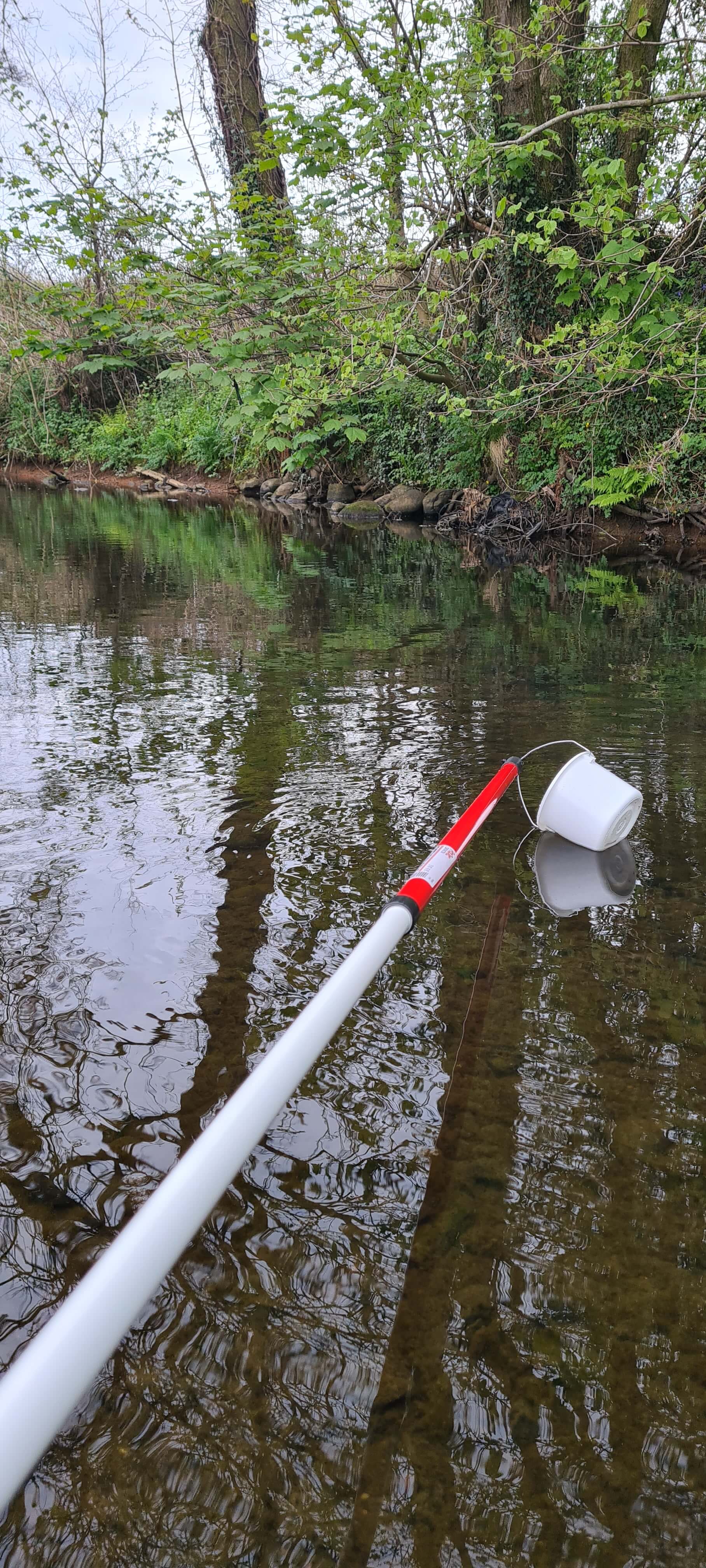Second Big Windermere Survey provides snapshot of autumn water quality in iconic lake and its catchment
 © Trine Bregstein
© Trine Bregstein
Scientists have published the results of the latest citizen science survey examining the water quality of Windermere – England’s largest natural lake.
This represents the second dataset produced by the Big Windermere Survey project, independently led by scientists from Lancaster University and the Freshwater Biological Association.
The Big Windermere Survey aims to provide unparalleled scientific evidence of water quality within the lake and its catchment, helping to identify priority areas where action can be taken to improve the condition of Windermere.
Building on results from the first survey in June 2022 (https://www.fba.org.uk/bws-june-2022), data from water samples collected by more than 100 volunteers from 95 locations on 13th November 2022 have now been released.
Dr Ben Surridge, Senior Lecturer at Lancaster University and a lead investigator for the survey, said: “The Big Windermere Survey is a large-scale citizen science project, bringing together people from across the community and giving them an opportunity to actively participate in finding out more about the lake that they care so much about.
“As a result of the fantastic continued support from our volunteer citizen scientists, we can now provide a snapshot of autumn water quality in Windermere and its catchment, to complement data from our first survey in summer 2022. This is the second of what we hope will be a long-term programme of citizen science-led monitoring on Windermere, with plans already in place for further surveys on 5th February and 23rd April 2023.”
As with the first survey, the samples gathered by volunteers in November 2022 were analysed for bacteria and for a range of nutrients within independent research laboratories at Lancaster University and at external accredited laboratories.
Scientists involved in the project stress that care must be taken when comparing the results from one day of sampling to water quality standards. Long-term data are required to officially classify the status of water bodies against standards, in order to account for changes in water quality through time such as across seasons or with variable weather conditions. Combining existing data from June and November 2022 with future surveys in February and April 2023 will provide a robust basis for classifying the condition of Windermere, alongside other lakes and rivers in the catchment, against water quality standards.
Key findings from the latest Big Windermere Survey include:
· Analysis of the phosphorus concentration in samples collected from the shoreline of Windermere revealed that only 21% of sites had concentrations that were sufficiently low to meet standards for ‘Good’ status under the European Union Water Framework Directive.
· Within the rivers that were sampled in the catchment, 100% had low concentrations of phosphorus, consistent with standards for ‘High’ status under the European Union Water Framework Directive.
· Levels of E. coli and intestinal enterococci bacteria, indicators of potential contamination of water by faecal material either from humans or from animals, were generally low. Just over 95% of all sites in the survey had levels of these bacteria that were consistent with standards for ‘Good’ or ‘Excellent’ bathing water quality under the European Union Bathing Water Directive.
Dr Louise Lavictoire of the Freshwater Biological Association and another lead investigator said: “Relatively high phosphorus concentrations in samples from Windermere are likely to be due to a cyanobacterial bloom that occurred on the lake during November 2022 and coincided with collection of water samples by our volunteer citizen scientists. Cyanobacterial cells contain phosphorus, and when these cells are captured within water samples this results in the elevated phosphorus concentrations we observed in the latest Big Windermere Survey data.”
A range of factors control the occurrence of cyanobacterial blooms, also known as blue-green algal blooms, on lakes such as Windermere. These include water temperature, nutrient availability and local weather conditions. Scientists behind the survey believe that the warm, stable weather conditions in the Windermere catchment during early November 2022 likely contributed to the bloom that was present on the date of the latest Big Windermere Survey.
As well as warm temperatures, high nutrient concentrations are needed to support large cyanobacterial blooms, in particular phosphorus. One aim of the Big Windermere Survey is to provide independent, scientific evidence to help identify how phosphorus concentrations in Windermere can be successfully reduced in the future.
Organisations involved in the Big Windermere Survey have produced an information note on cyanobacterial blooms on Windermere (https://www.fba.org.uk/fba-voice/cyanobacterial-blooms-on-windermere). Colleagues at the UK Centre for Ecology and Hydrology, a partner organisation involved in the Big Windermere Survey, have also produced information about cyanobacterial blooms (https://theconversation.com/extensive-algal-blooms-in-englands-lakes-heres-why-189481).
The full dataset from the Big Windermere Survey is openly available to the public on Cartographer via the Freshwater Biological Association website (https://www.fba.org.uk/freshwater-citizen-science/love-your-lake-the-big-windermere-survey). The results are displayed on an interactive map showing the locations where samples were taken. The Big Windermere Survey scientists have also produced a briefing note to help understand the findings, available via the same website.
To date, the project has received generous funding from Lancaster University’s Vice-Chancellor’s Prize for Participatory Research (2021-2022), and from United Utilities through the Love Windermere Partnership. The Freshwater Biological Association is a partner in the Love Windermere Partnership and data from the survey directly feeds in to decision-making by the partnership. The survey is also supported by the UK Centre for Ecology and Hydrology, Lake District National Park Authority, South Cumbria Rivers Trust, Brathay Trust, National Trust and the Environment Agency.
River sampling, Windermere catchment. Credit Dr Ben Surridge
Back to News
